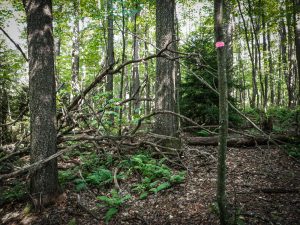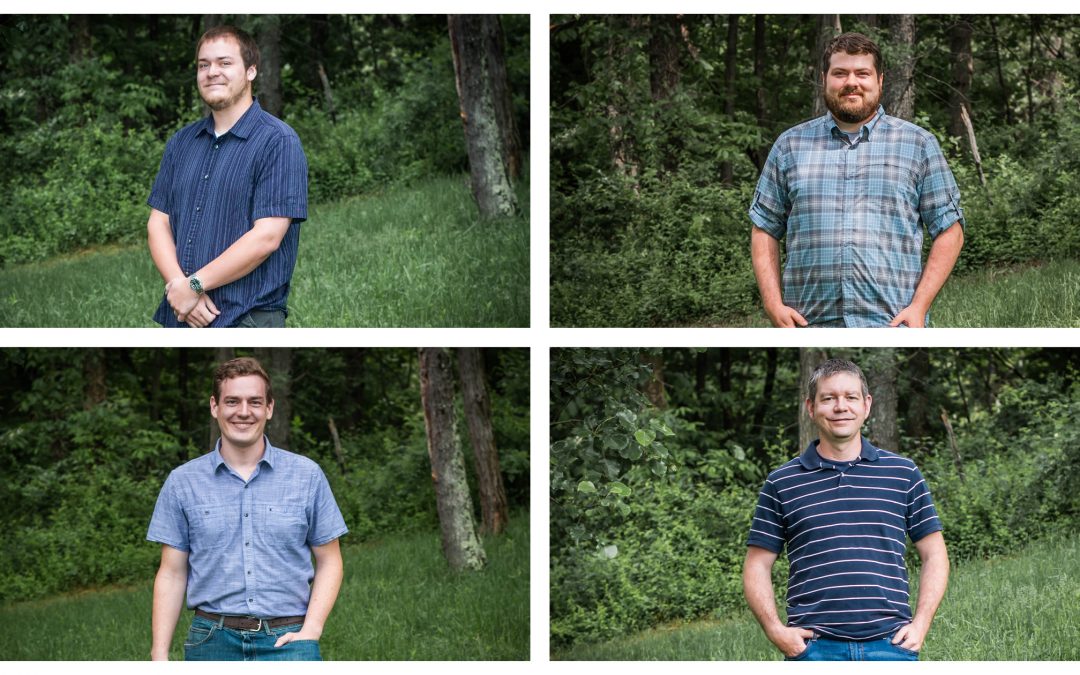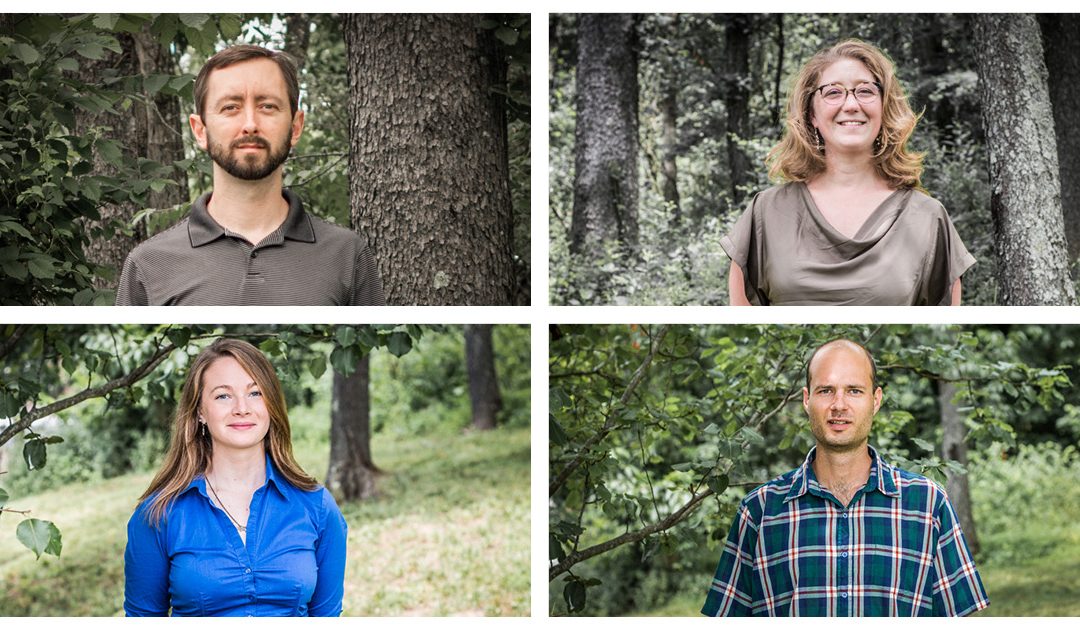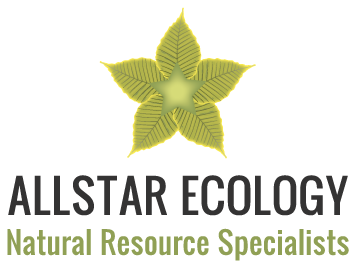
by Jody Baker | Jun 18, 2019 | Botany, News, Vegetation Management
Red Spruce Forests
Picea rubens, most commonly known as red spruce, was once abundant in the West Virginia highlands covering over one million acres until the late 1800s. Its natural ecosystem contributions include providing food and cover for many animals such as the Northern flying squirrel and the Cheat Mountain Salamander. The dense canopy cover found in a red spruce forest creates a moist cool climate that provides a thriving environment for many of its inhabitants. Streams are also shaded by this canopy which helps to regulate temperature and light, thus sustaining water quality and biodiversity.

Forest Stand Reduction
Starting in the mid-1700s, clearing of red spruce forests for grazing and farming by slash and burn practices started the reduction of these forest stands. The mass harvesting of the late 1800s for lumber, paper, and musical instrument manufacturing, destroyed most of the spruce forests by 1920. This reduced spruce stands in West Virginia to approximately five percent. Today, only about 30,000 acres of red spruce remain in the West Virginia highlands.
Red Spruce Restoration
In an effort to help restore red spruce forests, Allstar Ecology was contracted by the U.S. Forest Service to work in the Monongahela National Forest within 27 timber stands totaling 1,095 acres in both Randolph and Pocahontas Counties, West Virginia. These forest stands were dominated by hardwood tree species, but had a red spruce component within their understories.

Beginning in 2016, Allstar Ecology Environmental Scientists started treating selected species of trees with herbicide utilizing a hack-n-squirt application method. Targeted trees included shade tolerant species such as beech and striped maple that compete with the red spruce in the understory. After the treatment of each stand, the Forest Service planned timber sales of the overstory hardwood trees. The following regeneration should result in the reestablishment of red spruce in these stands.
The project was completed in July of 2018 with the expectation that red spruce populations in these treated areas will not only thrive, but will continue to expand to form large-scale red spruce forests where they once historically flourished to sustain this unique ecosystem.

by Derek Springston | May 22, 2019 | Aquatic, Bat Services, Mussel Surveys, News, Permitting, Stream & Wetland Permitting
AllStar Ecology is excited to announce the addition of four new staff members with a wide range of biological and environmental experience and expertise.
Matthew Gilkay, Environmental Scientist I / Aquatic Biologist, is assisting AllStar with freshwater mussel surveys, flow monitoring, macroinvertebrate field and laboratory work, and water quality sampling. Matt obtained his B.S. in Fisheries, Wildlife, and Conservation Biology with minors in Environmental Science, Sustainability Studies, and Marine Biology in 2018. Mr. Gilkay also brings six years of open-water SCUBA diving experience in the Upper Midwest to AllStar’s dive team.
Grant Maltba, Environmental Scientist II / Bat Biologist, has joined our Bat Services team bringing eight years of experience in environmental services. Grant has a Federal Recovery Permit and West Virginia Scientific Collecting Permit for Indiana, gray, and northern long-eared bats. In 2013, he obtained his B.S. in Environmental Studies. Mr. Maltba is assisting AllStar with bat mist netting and acoustic surveys, bat box construction and installation, permitting and report writing, and bat habitat research.
Matt Safford, Environmental Scientist I / Bat Biologist, has also joined AllStar’s Bat Services team with five years of experience in wildlife and ecological monitoring and research. Matt obtained his B.A. in Ecology in 2013 and his M.S. in Entomology in 2018 studying the interactions between bats and their insect prey. Mr. Safford has a West Virginia Scientific Collecting Permit for bats and is assisting AllStar with bat box construction and installation, mist netting and acoustic bat monitoring, report writing, and bat habitat research.
Jason Clingerman, Environmental Scientist II, has joined our Stream and Wetland Delineation team. Mr. Clingerman has 8 years of experience in environmental consulting, and 12 years of experience utilizing GIS for various natural resource applications. He obtained his B.S. and M.S. in Wildlife and Fisheries Resources in 2005 and 2008, respectively. He is assisting AllStar with stream and wetland delineations, permitting, and report writing.
Please join us in welcoming these four great additions to the AllStar Team!
To read more about AllStar Ecology, visit our About Us page.
TALK WITH US
Thanks for reading!

by Derek Springston | Jul 14, 2017 | News
AllStar Ecology is excited to welcome our newest staff members Derek Springston, Taryn Moser, Kayt Collins, and Mark Hepner. Mr. Springston and Mrs. Moser will be focusing on environmental permitting for a wide variety of clients while Ms. Collins and Mr. Hepner bring a lot of field experience including bats, delineations, restoration, environmental inspections, and plants to the team. Welcome aboard!
To read more about AllStar Ecology, visit our About Us page.
TALK WITH US
Thanks for reading!





